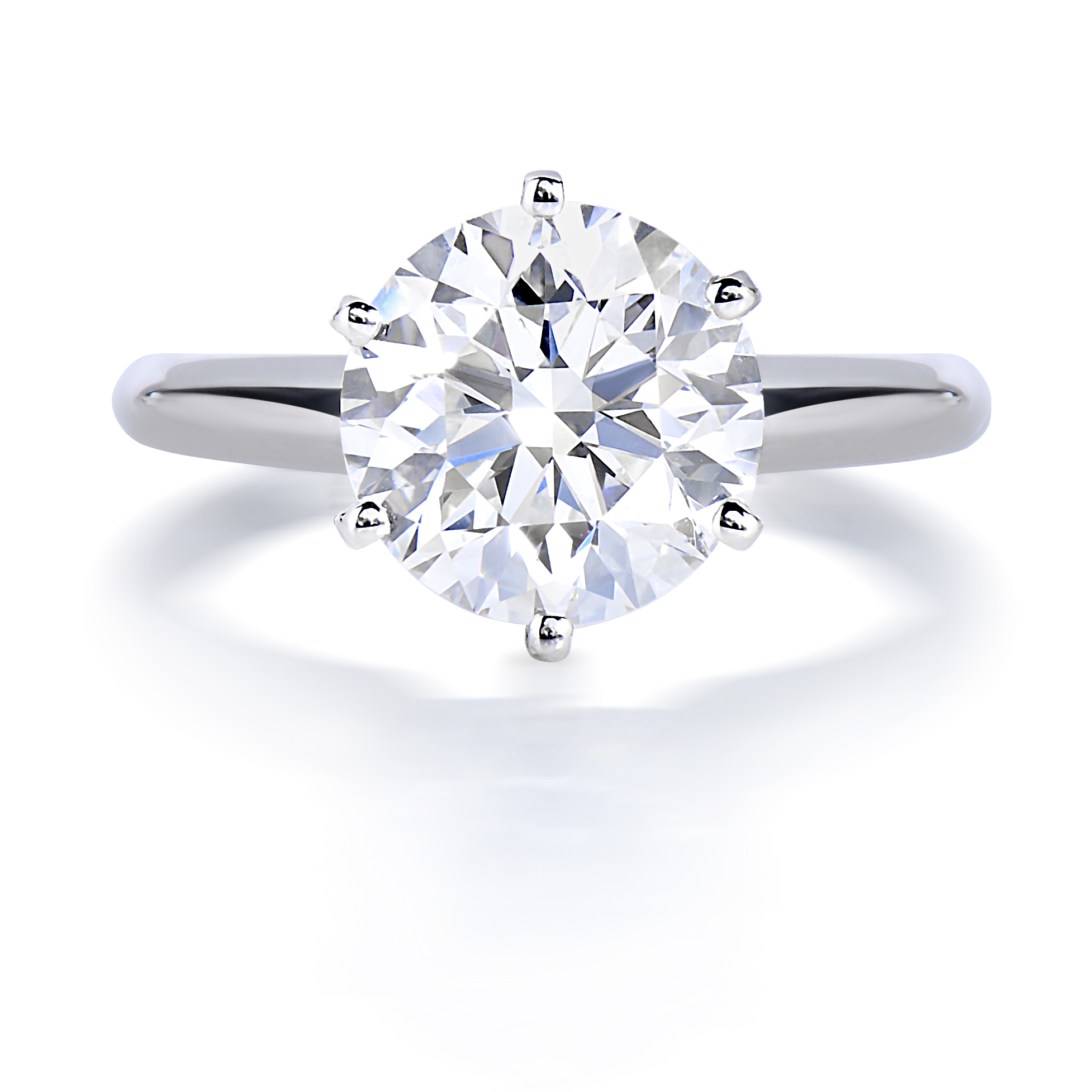


A new technique for growing diamonds in a lab can produce gems that are almost identical to their natural counterparts.
These synthetic diamonds are 30 to 40 percent cheaper, and can be produced in a matter of months. They’re so indistinguishable to the naked eye that the diamond industry is in an arms race to produce machines that can discern lab-grown from natural ones, in order to keep the synthetics from flooding the market. “If anyone tells you they can tell the difference without the machine, they’re lying,” said Ariel Baruch, a jeweler at Diamonds by Israel Standard Inc., which sells lab-grown diamonds.
We wrote about how these nearly perfect lab-grown gems could revolutionize electronics in our August issue, but they could impact the jewelry market, too.
Consumers today perceive synthetic diamonds as “cheap” and “fake,” but that may change as natural diamonds become more expensive and demand outpaces supply. No new, large diamond mine has come online in the last decade, and growing middle classes in China and India are driving prices up.
Olya Linde, lead author of the 2014 Bain & Company global diamond industry report, said there is no indication that consumer preferences will change anytime soon, but a lot depends on the marketing push from lab-grown producers. “Diamonds are not bread,” she said. “We don’t need it to survive. We need it to feel good. Do people buy diamonds because they represent something natural for eternity or just because it sparkles?”

So how can you tell a lab-grown gem from a natural one? Here are a few ways:
- Some have laser inscriptions. It’s easiest to tell them apart if they just tell you. The company Pure Grown Diamonds makes minuscule laser inscriptions reading “Lab Grown” on their diamonds so people can tell them apart.

Their type is very rare. The diamonds grown using the new technique, refined by IIa Technologies in Singapore, are type IIa. Fewer than 2 percent of natural diamonds are type IIa, which have almost no impurities from elements like nitrogen, rendering most of them “colorless.” Most of the time when diamonds form inside the earth, other elements creep into the carbon lattice — boron for blue diamonds, nitrogen for yellow, hydrogen for purple. Most lab-grown diamonds using old techniques were yellow because they had too much nitrogen, making them unattractive for most jewelry.
They’re formed differently. While natural diamonds form under intense heat and pressure under the earth’s surface, synthetic diamonds are obviously grown in a lab. At IIa Technologies, each diamond begins with a “seed”—a previously grown or natural diamond that’s about the thickness of a fingernail. This seed is placed in a vacuum chamber where microwave rays, methane and hydrogen gasses rain down to build layers of carbon bonds that form a diamond. “At correct conditions, correct temperature, the crystal growth actually starts and the diamond just starts growing,” said physicist and IIa technique inventor Devi Shanker Misra. These differences show distinctive growth patterns that you can detect with a machine.
They have different surface fluorescence. The International Institute of Diamond Grading & Research offers several verification instruments (at pretty hefty price points) that can tell the difference between lab-grown and natural diamonds in a matter of minutes or seconds. In the DiamondView machine, type IIa natural diamonds fluoresce blue while lab-grown ones using the CVD technique fluoresce orange. But the DiamondView costs up to $36,000. The D-Screen, a handheld device, is only about $500 and can tell you whether a stone is natural or could be lab-grown or lab-treated to make it colorless. You still have to test those stones in a lab (using a device like DiamondView) to know for sure if it’s natural or not, though. Watch the DiamondView in action here:

